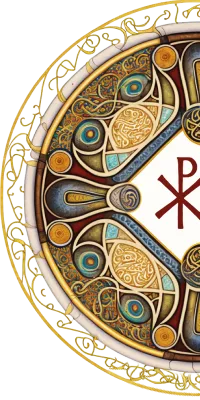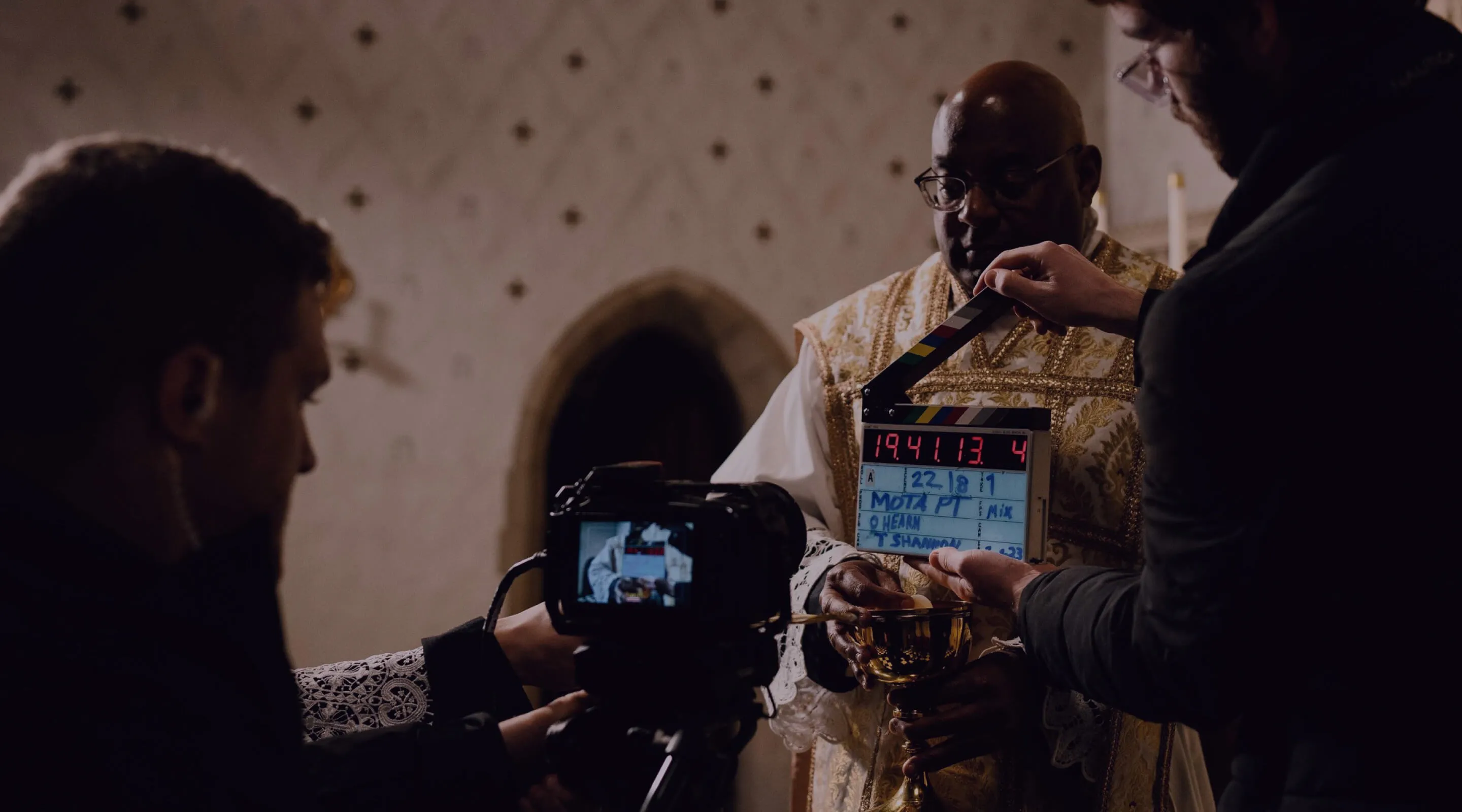Most of Catholic history has been shaped by the Roman Rite of the Mass,
which was first assembled by Pope St. Gregory the Great in the 6th century based on the traditions he received. Then, prayers and gestures grew in use and were codified and formalized for the universal church by Pope St. Pius V in 1570. The 1962 Missal, known today as the ‘Traditional Latin Mass’ or ‘Extraordinary Form’, retains these traditions.



















.png)

